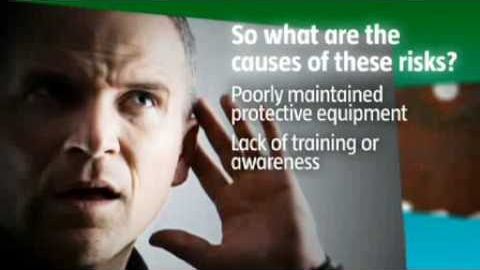
Subtitles & vocabulary
Hearing And Touch - Health Risks At Work - Film 4 of 6
00
kuoyumei posted on 2014/04/28Save
Video vocabulary
industry
US /ˈɪndəstri/
・
UK /'ɪndəstrɪ/
- Uncountable Noun
- Hard work; being busy working
- Factories or businesses that make certain products
A1TOEIC
More exposure
US /ɪkˈspoʒɚ/
・
UK /ɪk'spəʊʒə(r)/
- Noun
- Allowing light through a cameras lens onto film
- Being talked about in the media
A2TOEIC
More due
US /du, dju/
・
UK /dju:/
- Adjective
- When something is required or expected
- Owed to a person as a right
- Noun
- Something you deserve; something you can expect
A1TOEIC
More introduce
US /ˌɪntrəˈdus, -ˈdjus/
・
UK /ˌɪntrəˈdju:s/
- Transitive Verb
- To open an essay to set the scene
- To guide or explain something, e.g. a town
A1TOEIC
More Use Energy
Unlock All Vocabulary
Unlock pronunciation, explanations, and filters
